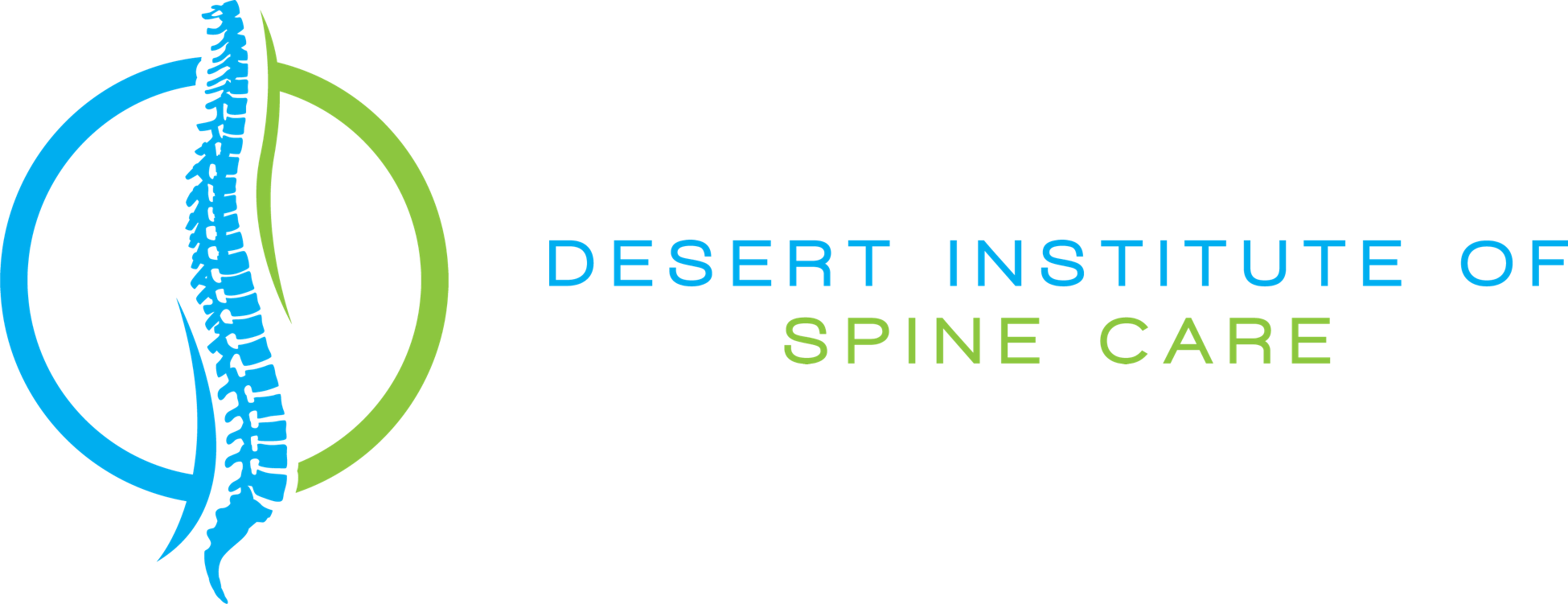- Anterior Cervical Discectomy
Arthritis is one of the most prevalence diseases in the united states. The most common affected joints of the body are the hips, knees, low back and neck. The most common symptoms of back and neck arthritis are low back pain and neck pain.
Arthritis begins far earlier in your life than the symptoms. People experience radiographic evidence of arthritis as early as their 20’s, although they might not experience symptoms until the arthritis becomes advanced several decades later. In fact, many people live their entire lives with arthritis but never suffer from symptoms. This is because arthritis is a natural erosive condition in the human body. However, the deterioration has to become bad enough to warrant evaluation by x-rays before anyone discovers that they have arthritis (they have had it for years but it finally became bad enough to cause pain). Think of a car tire that slowly wears down without you noticing until the tire pops.
If you suffer from neck or back pain that occurs with prolonged sitting, standing, moving, changes in weather (cold, rainy) or in the morning (stiffness), please seek evaluation and treatment. Many times, the back pain travels down the leg and the neck pain travels down the arm. This occurs when a nerve is being irritated and the pain travels down the length of the nerve as far as the feet or hands. Pain is one problem, but numbness, tingling, weakness, cold, heat and other funny feelings can occur.
Initial care might include a combination of rest and anti-inflammatory medications (Ibuprofen, Tylenol, Aspirin, etc). Conservative care also includes chiropractic, physical therapy and alternate medications (muscle relaxers and narcotics). There are many modalities that can be used to treat symptoms including manual therapy, manipulations, heat, ice, electrical stimulation and ultrasound. If pain persists, then one or more cortisone injections might be recommended. Finally, in the most problematic cases, surgical options will be provided when appropriate.
Thankfully, arthritis can usually be managed without surgery. In many cases, when surgery is necessary, it has been after years of management through conservative, less invasive measures.


